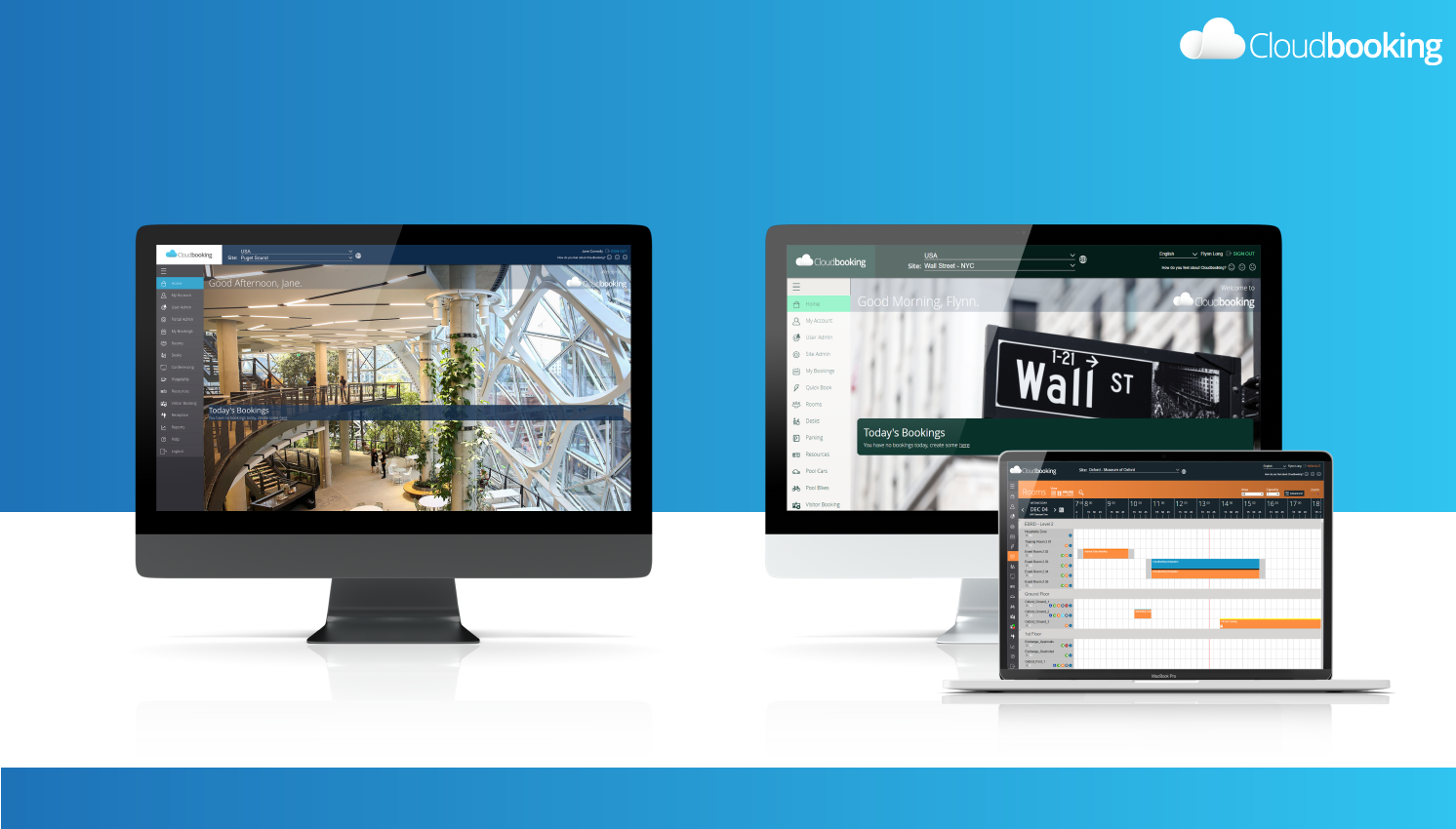
Visitor management is an essential part of any organisation that welcomes guests, customers, or clients into the building. Visitor management training and investment in visitor management systems can have a huge impact. It helps maintain security measures, and visitor management strategies can ensure compliance with specific regulations and deliver quality customer service.
By providing visitors with a positive and secure experience, organisations set valuable expectations, often leading to repeat visits and long-term partnerships.
Training is an essential component of visitor management. Visitor management systems and measures will be much less effective without proper training. Having a comprehensive visitor management training program in place helps to ensure that all team members involved in the visitor process understand their roles and how each contributes to the overall visitor experience.
It can also help improve visitor data accuracy, increase security for staff and visitors alike, and reduce time spent on entry/exit processes. With the right training program, visitor management can be smoother and more efficient than before.
Related reading: What are Visitor Management Systems and How Can They Help Your Business?
Understanding the basics of visitor management
At its core, visitor management is controlling and monitoring the flow of people entering and exiting a facility. This can include everything from pre-registering and scheduling appointments to check-in, security screenings, badge issuing, record keeping, escorting and hosting, and check-out.
Visitor management aims to ensure the safety and security of the facility and its inhabitants and to provide a smooth and efficient process for visitors.
An organisation might receive many different visitors, such as employees, contractors, vendors, customers, students, or patients. Each type of visitor may have a different purpose for their visit, such as a job interview, a scheduled meeting, a tour, or a medical appointment.
The importance of training in visitor management
An effective visitor management system relies upon knowledgeable and confident staff in their visitor handling roles. They will also need to be trained to use any visitor management software you have adopted. So visitor management training is essential for ensuring staff have the skills to handle visitors efficiently and effectively.
These training sessions should cover visitor identification, visitor permission, visitor policies and procedures, visitor authentication processes, and visitor tracking systems so that all personnel are well-equipped with the information needed to manage visitors in the most secure way possible.
Related reading: Visitor Management Software Makes a Great First Impression
Companies committed to providing visitor management training sessions for their staff can experience smoother and more secure interactions without fear of unauthorised access or security breaches.
Better staff training is essential for any business to reduce risks associated with visitor flow. With visitor management systems, staff can remain up-to-date on best practices for visitor management, such as pre-registration and appointment scheduling, check-in process, security screening, badge issuing and record keeping, and even the check-out process.
This provides organisations with an essential layer of defence against potential security risks and allows them to mitigate them before they happen. So visitor management training is essential to any business’ risk management strategy.
Creating a comprehensive training program
Creating a visitor management training program is essential in ensuring the successful implementation and management of visitor management systems. The first step in this process involves assessing the current visitor management process and analysing the skills of the staff to identify their training needs.
You should conduct this assessment thoroughly, as it will provide insight into potential gaps in knowledge or areas for growth that must be addressed before any visitor management system can reach its full potential.
After the assessment is complete, a comprehensive training program can be developed and executed confidently, resulting in an improved visitor experience and a secure environment for all involved.
To ensure maximum engagement, the programme should be interactive with hands-on practice. Through interactive learning activities, staff will better understand the visitor management systems and the processes and protocols to follow when managing visitor flow. The programme must also challenge employees to think critically about how best to implement visitor policies according to company guidelines.
After successfully completing the training, organisations must evaluate its effectiveness to ensure that their staff can fully leverage their visitor management systems for optimal safety compliance.
Related reading: How to Establish a Cloud-Based Visitor Management System (And Why It’s Important)
Training for handling high-volume visitor traffic
Managing high visitor volumes requires careful planning and execution to ensure both an efficient visitor process and a positive visitor experience. To successfully manage high visitor counts, visitor management systems must be combined with visitor management training so that all staff can understand visitor policies and the most efficient ways of processing visitors.
With proper visitor management training and equipment, businesses can efficiently handle high visitor traffic without compromising visitor satisfaction. By providing staff with the necessary skills and knowledge, they will be better equipped to handle a high volume of visitors and provide a smooth and efficient process.
Pre-registration and appointment scheduling are great strategies for visitor management, allowing you to control visitor flow and reduce wait times. Investing in visitor management systems such as self-check-in kiosks and record-keeping technology can also streamline the check-in and check-out process. You must support these investments with visitor management training, ensuring that visitor experiences are both efficient and secure.
Related reading: How to Create a Workplace Visitor Policy for the Post-Pandemic Workplace
Training for managing security risks
Staff must be equipped with the skills to accurately identify and assess potential risks through visitor management systems, along with the protocols and procedures to minimise them.
A key thing to remember is that emergency response and evacuation procedures should be drilled into staff members and measures for managing difficult or suspicious visitors. Visitor management laws and regulations must also be part of the training so that staff can comply responsibly.
Implementing visitor management protocols is essential to managing security risks. Investing in visitor management training and visitor management systems, such as ID checks, metal detector screenings, and badge issuing is important. This will ensure that all visitors are monitored and staff members understand how to operate the equipment.
Visitor management training ensures that staff can handle any alarms or issues that may arise responsibly. Implementing security protocols and procedures is a crucial step in minimising security risks.
You should always train staff how to respond to emergencies, such as evacuations or medical emergencies. They should also be trained to handle difficult or suspicious visitors, including identifying and reporting potential threats.
Compliance with laws and regulations is also critical, and you should train staff on relevant laws and regulations and the organisation’s policies and procedures.
All-in-all, visitor management training is critical for maintaining a safe environment for everyone in the building.
Start training for visitor management today
Visitor management is essential for maintaining security, compliance, and a positive visitor experience. This means finding a way to provide a secure and controlled environment for visitors while at the same time making the process as smooth and pleasant as possible.
You can only achieve effective visitor management by combining the right technology, best practices, and training. Training is essential in ensuring that staff know their roles and responsibilities, identify and mitigate potential security risks, and know best visitor management practices.
A comprehensive training program can be created by identifying training needs, designing and appropriately delivering the training, and evaluating the program’s effectiveness. By following these steps, organisations can improve their visitor management process and provide visitors with a safe and efficient experience.
Need help learning more about effective and efficient visitor management? Get in touch with the team at Cloudbooking, and we can help ensure that your visitors have the seamless experience you want to deliver.


